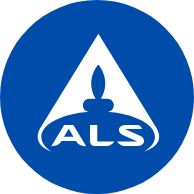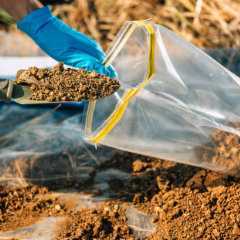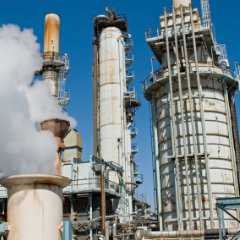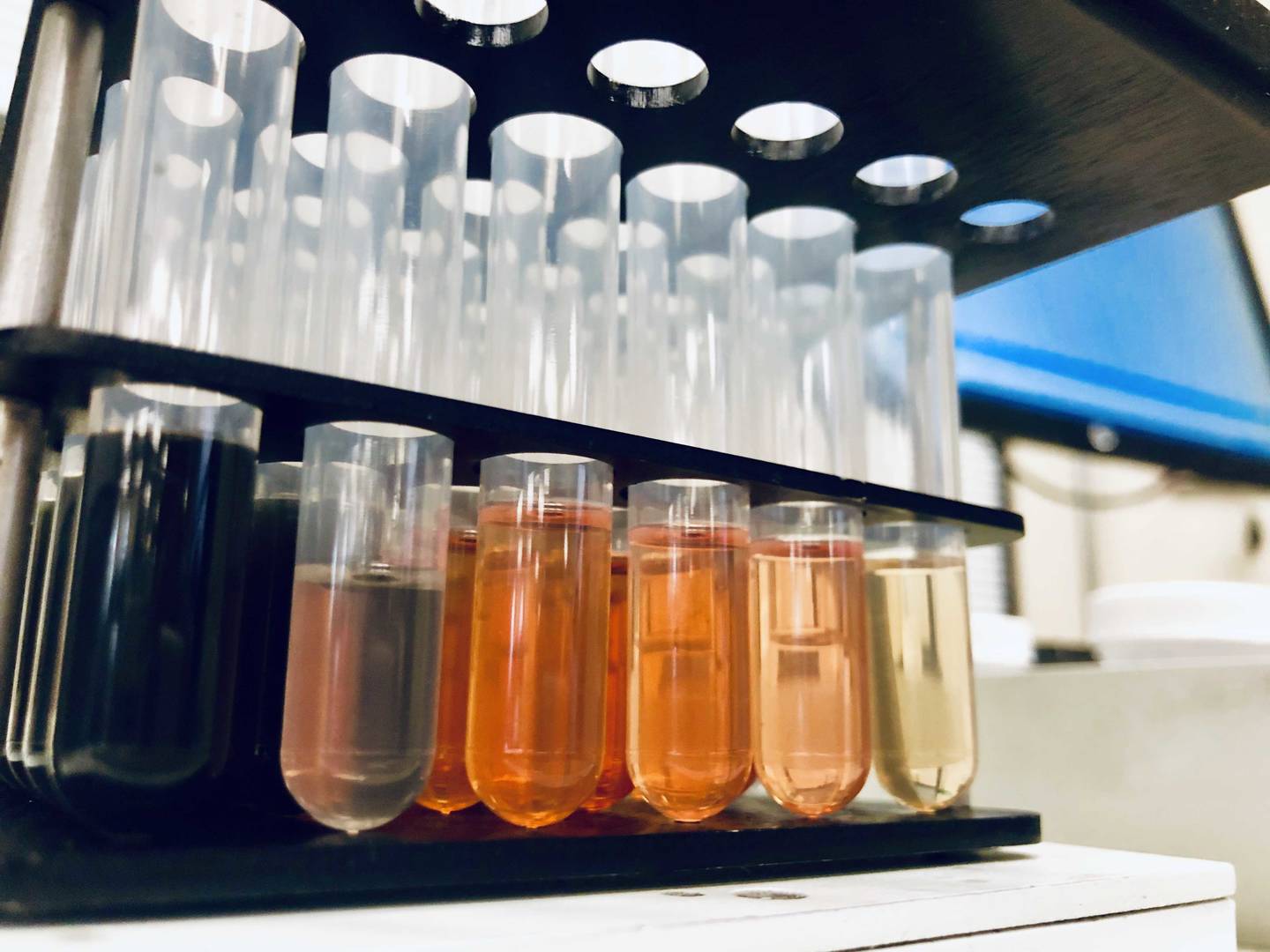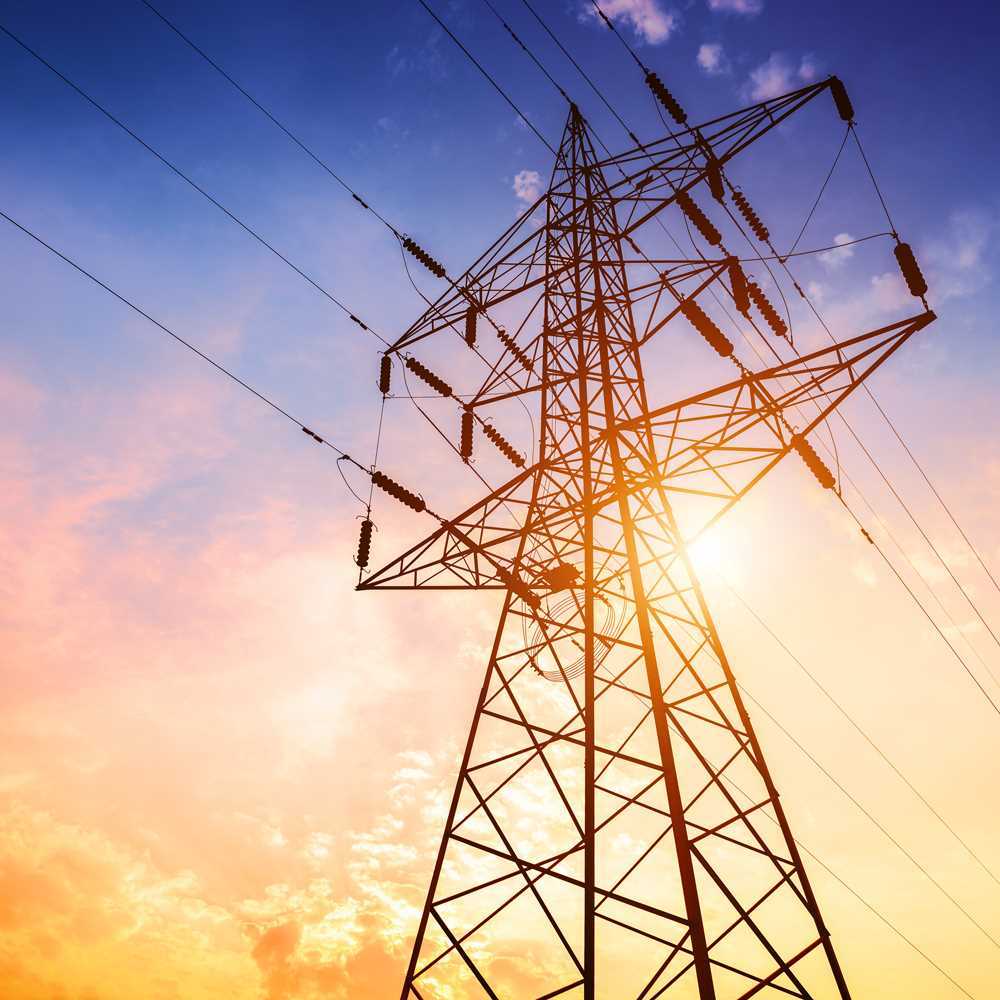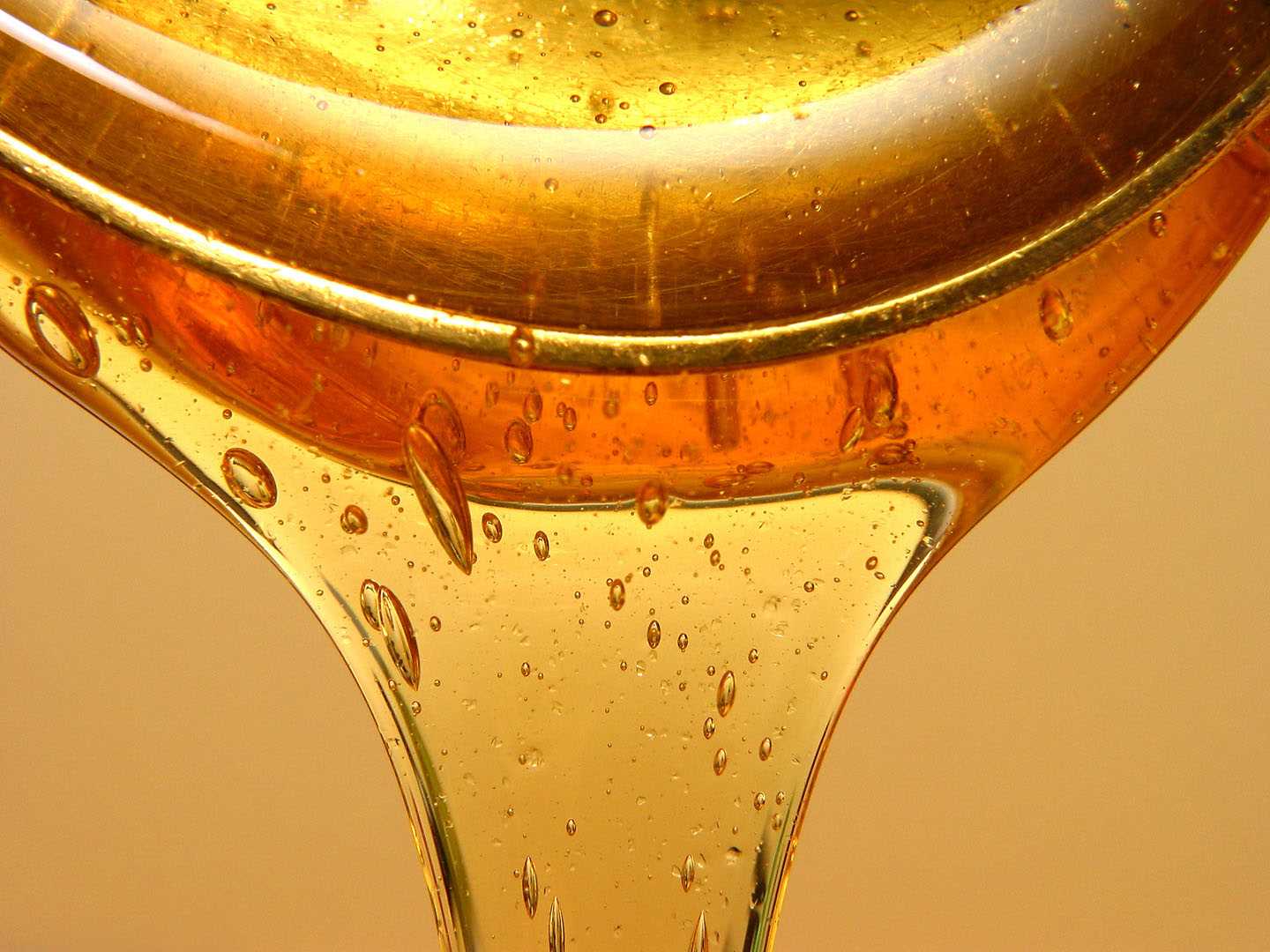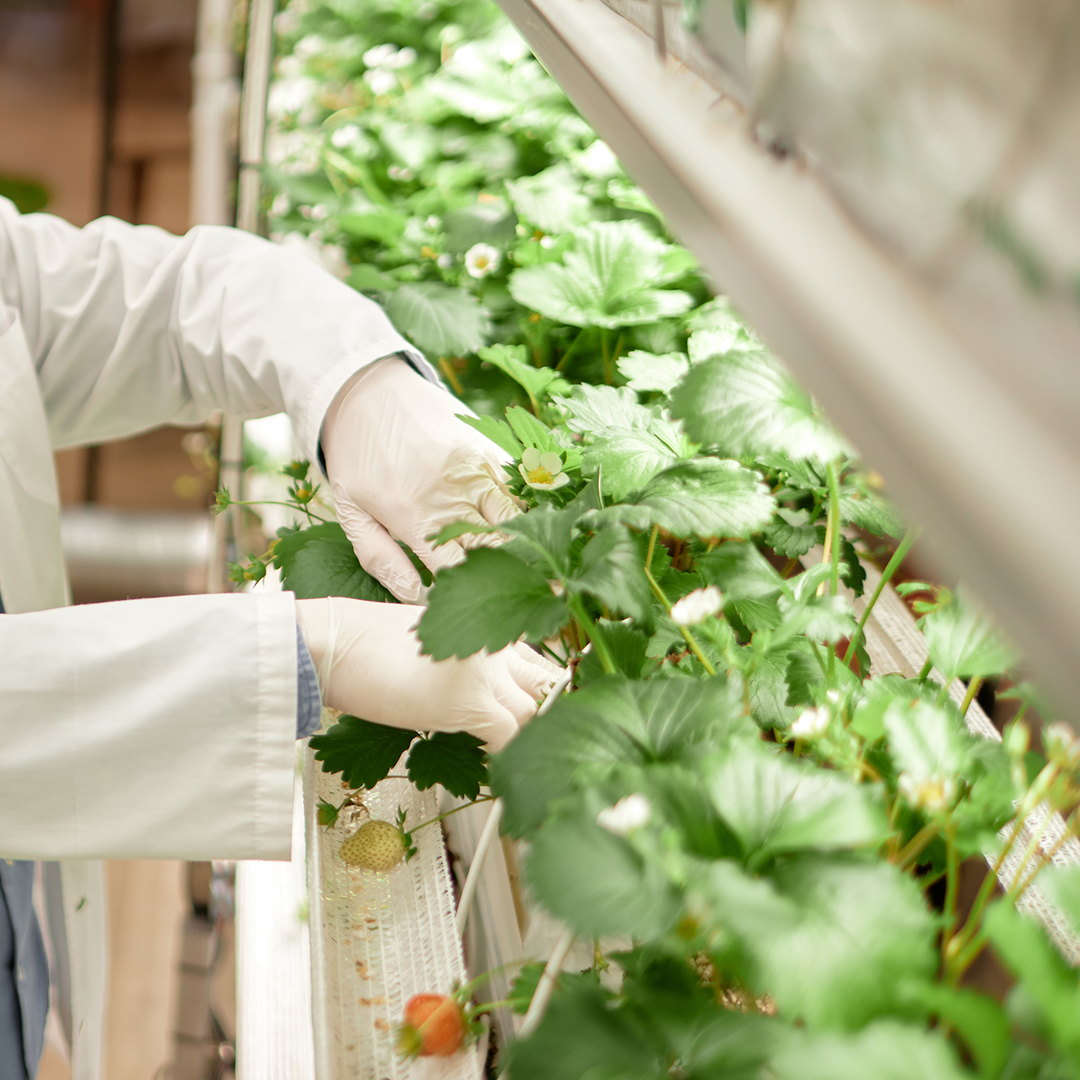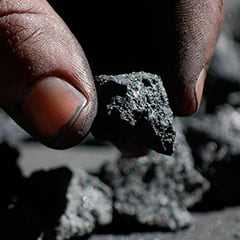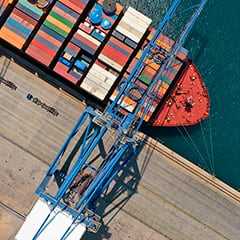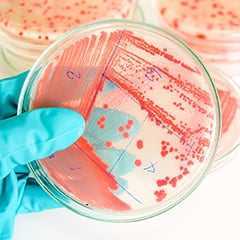EnviroMail 39 Canada
Biogas and Renewable Natural Gas Characterization
Biogas is a mixture of gases, rich in methane, produced by the breakdown of organic matter in the absence of oxygen.
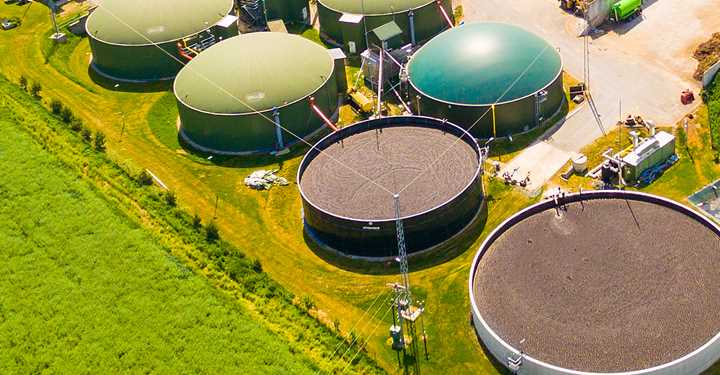
Importance of Biogas and RNG for Renewable Energy
Biogas is most commonly produced at municipal solid waste landfills, and by anaerobic digestion of organic wastes at wastewater treatment plants, livestock farms, and stand-alone organic waste management operations, such as source-separated organics treatment facilities (which typically process yard waste, food waste, paper fibers, and wood waste).
The capture and beneficial use of biogas plays a critical role in mitigating climate change because methane is more than twenty-five times more potent than CO2 as a greenhouse gas. After carbon dioxide, methane is the second largest anthropogenic contributor to global warming.
Renewable Natural Gas (RNG), which has been upgraded from biogas, has become an important source of renewable energy in the fight against climate change. Tailpipe emissions of CO2 from combustion of RNG fuels are considered carbon-neutral, because their carbon sources are biogenic.
Production, Upgrading & Contaminants
Raw biogas typically contains 45-65% methane, but can be upgraded or refined to remove impurities such as moisture, particulate matter, siloxanes, hydrogen sulfide, volatile organic compounds (VOCs), carbon dioxide, oxygen, and nitrogen. Renewable Natural Gas (RNG) refers to biogas that has been upgraded to >90% methane content, although most RNG is upgraded to 96-98% methane for use as a fossil natural gas substitute, for injection into existing natural gas distribution pipelines.
Pipeline specifications for RNG can be very stringent for many biogas impurities, for various reasons. For example, natural gas pipelines have strict limits for oxygen and siloxanes. Oxygen can accelerate pipeline corrosion. Even trace amounts of siloxanes in RNG fuels are extremely damaging to engines, turbines, and compressors; combustion of siloxanes releases silicon, which reacts with oxygen and other elements to form abrasive silicate mineral deposits, causing pitting of engine surfaces and fouling of post-combustion catalysts. Siloxanes originate from cosmetics and health and beauty products, and are significant contaminants in biogas from landfills and wastewater treatment plants.
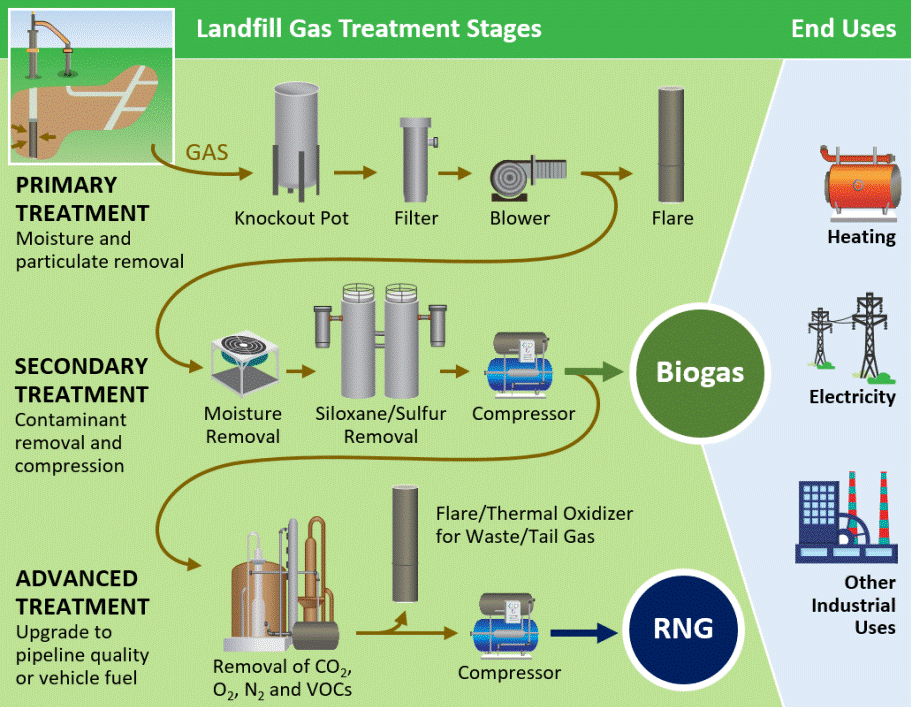
Figure 1. Landfill Gas Treatment & Biogas End Uses (US EPA 2020)
Sampling and Analysis
ALS offers sampling and analytical approaches to characterize biogas and RNG to meet a wide range of specifications across Canada and the US, as listed below.
Download this EnviroMail - Enviromail 39 Canada - Biogas and Renewable Natural Gas Characterization
Please contact your ALS Canada Project Manager or alsexperience@alsglobal.com for more information or to arrange for sampling media and equipment.
Reference:
US EPA 2020. An Overview of Renewable Natural Gas from Biogas, EPA 456-R-20-001, July 2020.
